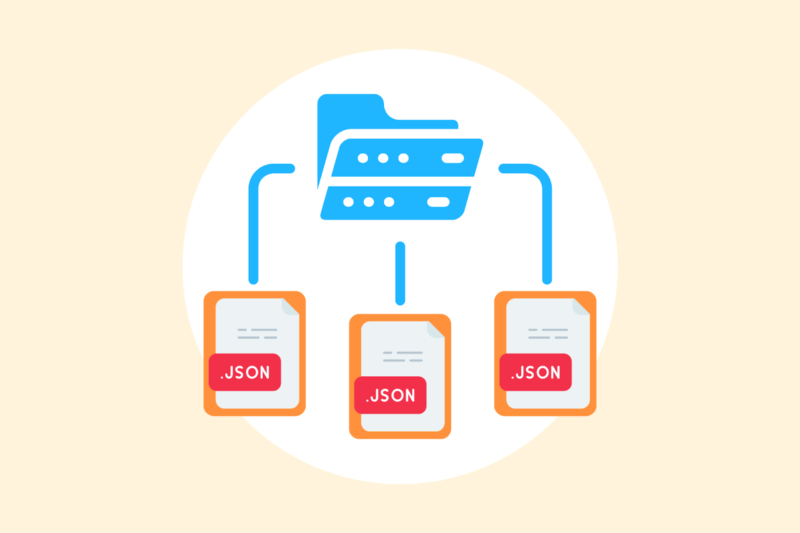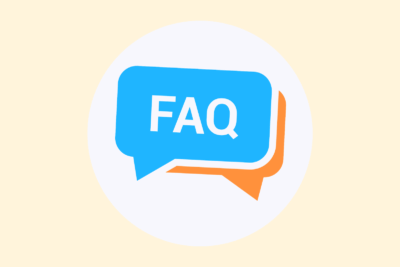Implementing structured data with JSON-LD (my guide)

Structured data helps search engines better understand what your content is about. With JSON-LD, you add this data without affecting your HTML structure. In this article: my practical approach to correctly and efficiently implementing structured data with JSON-LD.
1. What is JSON-LD?
JSON-LD (JavaScript Object Notation for Linked Data) is Google’s recommended way to add structured data. Unlike microdata or RDFa, JSON-LD works through a separate script block in the <head> or <body> of the page. It does not affect the front-end, but enriches the backend for search engines.
Google supports JSON-LD for virtually all rich result types.
2. When do you use structured data?
Structured data makes sense for:
- Articles / blogs
- FAQ sections
- Reviews and ratings
- Product pages
- Local business info
- Breadcrumbs
- Events
- Person/organization/services
The goal: provide more context to Google as well as a chance to get rich snippets in search results.
3. Example: blog article (Article markup)
html
<script type="application/ld+json">
{
"@context": "https://schema.org",
"@type": "Article",
"headline": "Structured data implementeren met JSON-LD (mijn gids)",
"author": {
"@type": "Person",
"name": "Ralf van Veen"
},
"publisher": {
"@type": "Organization",
"name": "ralfvanveen.com",
"logo": {
"@type": "ImageObject",
"url": "https://ralfvanveen.com/logo.png"
}
},
"datePublished": "2025-05-01",
"mainEntityOfPage": {
"@type": "WebPage",
"@id": "https://ralfvanveen.com/seo/json-ld-gids/"
}
}
</script>
Tips:
- Always use exact data from your page
- Keep the script current (e.g., publication date)
- Combine only relevant types – don’t force it
Getting started with SEO? Feel free to get in touch.

4. Implementation in your website
WordPress:
- Use SEO plugins such as Rank Math, Yoast or Schema Pro
- Or manually add JSON-LD via a custom HTML block or functions.php
- Use child themes to preserve changes to scripts on updates
Other CMS/custom sites:
- Add JSON-LD manually in the <head> or just above </body>
- Use conditional logic per template (e.g., only for blog articles)
5. Test your structured data
After implementation, testing is crucial.
Tools:
- Rich Results Test
- Schema Markup Validator
- Chrome DevTools > Elements > search ld+json for live monitoring
Notice:
- No errors or warnings
- Fields must match visible content
- Avoid overuse (implement only relevant schemes)
6. Other commonly used schemes
| Type | Target | Pages |
| FAQPage | Showing questions + answers in SERP | FAQs, informative blogs |
| Product | Show price, stock, review in search results | Web shops, service pages |
| Breadcrumb | Showing better hierarchy in SERP | All pages |
| LocalBusiness | Strengthen local findability | Contact, location pages |
| Review | Star rating + context in search results | Product, tool or service reviews |
Combine schedules smartly. E.g. Article + FAQPage on one blog page = double chance of rich snippets.
In conclusion
Structured data via JSON-LD is a fast and effective way to give your content extra meaning for search engines – without affecting the visible HTML. By implementing and testing it correctly, you increase your chances of enhanced listings and better visibility.






